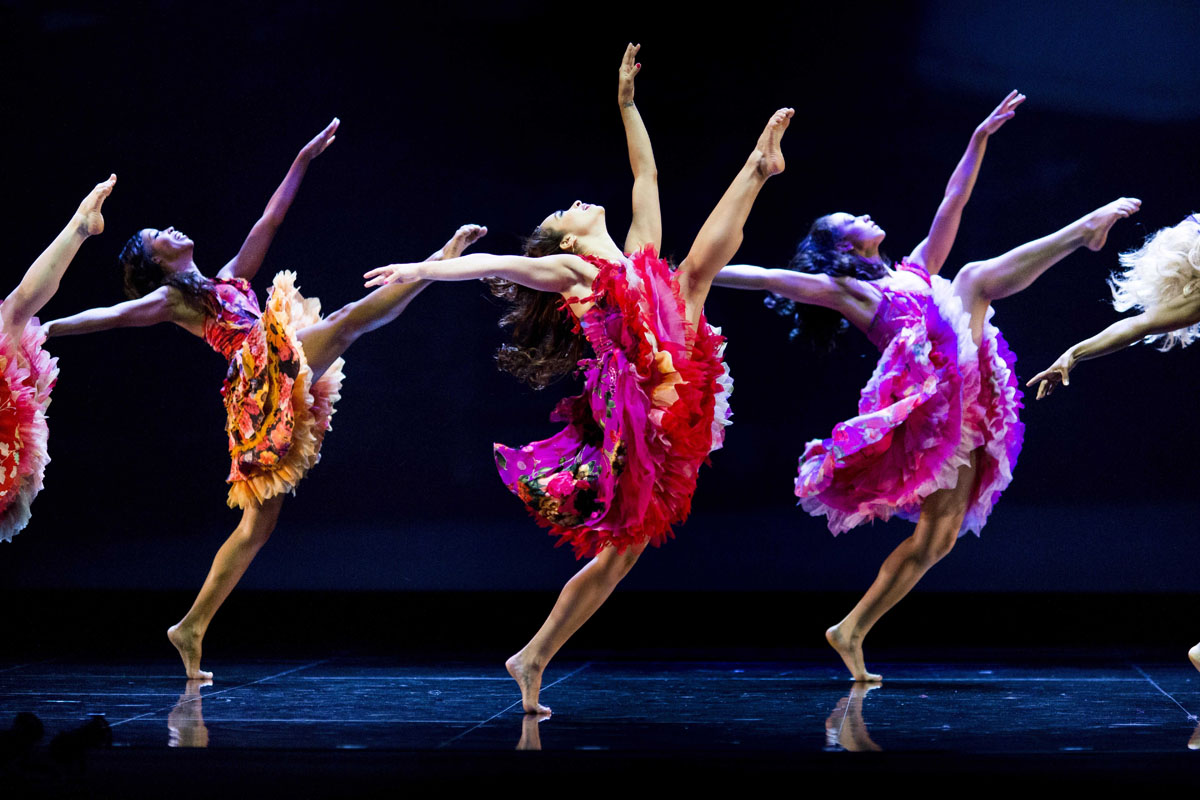Careers In The Arts: Choreographer

What is a choreographer?
Choreographers create and direct original dances, in addition to developing interpretations of existing dances. The work of choreographers can be seen in a variety of performance settings, including ballet, opera, musicals, movies, television, music videos and commercials. Like dancers, choreographers must be prepared to face rejection and intermittent periods of work. They may need another type of job skill that they can fall back on during times of unemployment.
Choreographer Job Duties
Through their dance experience, choreographers acquire a knowledge of dance theory. They also learn how the body reacts to various movements. They must be able to select the dancers best suited to a particular style of dance, as well as motivate and direct a company of dancers.
A choreographer’s creativity may extend to other aspects of the performance. For example, he or she may work with the music director to select music or collaborate with other professionals to enhance such performance elements as lighting, costume and set design.
Job Requirements
Almost all choreographers are trained as dancers before tackling choreographic direction. Though no formal education is required, some employers may prefer applicants with degrees in dance.
Step 1: Receive Dance Training
Choreographers employ creative and original styles for dance moves and performances. They require a strong dance background that allows them to demonstrate steps for dancers to imitate. Through dance training, choreographers are able to create and teach these sequences of movement to dancers. Dancers in general begin training early, often in childhood. Through years of dance training, aspiring choreographers learn a variety of techniques and dance styles to incorporate into a future career.
The type of dance training choreographers need depends on the interpretation of dance they wish to produce. For example, a ballet choreographer studies classical ballet, while a musical theater choreographer may study jazz, modern and dramatic dance. Choreographers often study as many forms of dance as possible in order to command a wider movement repertoire.
Step 2: Consider Formal Education
Earning a degree is not a necessary step toward becoming a choreographer; however, a degree program prepares choreographers for the practical business of the dance industry and expands artistic skills. Additionally, some employers may seek choreographers with bachelor’s degrees in dance. These degrees include education in dance history, movement analysis, dance composition, performance and movement practice in a variety of dance forms. Some programs may also require students to write theses or participate in dance showcases. The National Association of Schools of Dance accredits dance programs of every level to ensure the quality of dance education.
Success Tip:
• Pursue coursework outside of the dance major. Choreographers may choose an additional major in a subject outside of dance. The U.S. Bureau of Labor Statistics (BLS) notes that choreographers face strong competition. Education or professional training in a separate field of study offers another supportive avenue for choreographers between jobs. Additionally, many choreographers have administrative duties; business or accounting courses may help with tasks like budgeting.
Step 3: Gain Experience
Each job may lead to more recognition and bigger opportunities for choreographers. Showcasing work whenever possible is important, and choreographers at any stage of their careers may find community productions, dance recitals and festivals offer opportunities to demonstrate their artistic skills. Jobs may also be available through cruise ships and leisure activities or in teaching positions.
Success Tips:
• Join a professional organization. Organizations, such as the National Dance Association and Dance/USA, offer employment listings, networking events and educational opportunities to members. Dancers and choreographers may participate in conferences and update skills and dance styles through developmental workshops and training sessions.
• Keep learning. Choreographers with expertise in ballet, jazz and modern dance techniques have a solid foundation in essential dance characteristics, including grace, style and poise. Those successful in the field remain current with new dance forms and styles, introducing or incorporating contemporary trends into their work. Maintaining a diverse knowledge and practice of dance styles may enhance a choreographer’s appeal to employers and audiences.
Employment
Professional dancers are often between engagements. They are never tied to one job at a time. Dancers and choreographers work in a variety of industries, such as private educational services, which includes dance studios and schools, as well as colleges and universities; food services and drinking establishments; performing arts companies, which includes dance, theatre, and opera companies; and amusement and recreation venues, such as casinos and theme parks. Over one-fifth of dancers and choreographers are self-employed. Meaning the basically write their own cheques. The more work under your belt, the more money in the bank.





